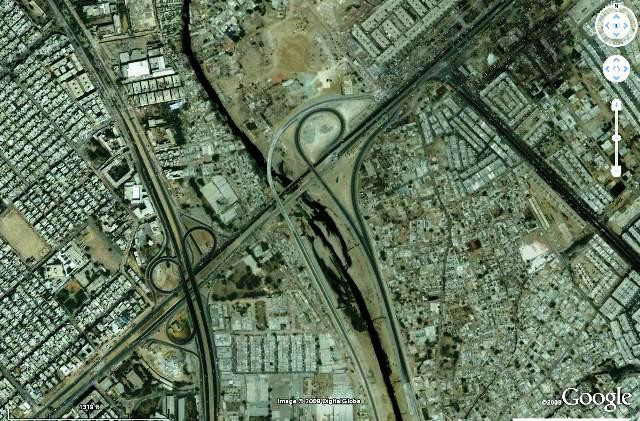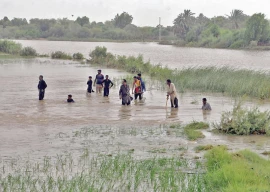
Tilia presented his paper on the third and final day of an archaeology workshop organised by the Sindh department of culture in collaboration with the Italian Consulate.
The other primary source of information [for archaelogists] can be Corona Images, which are now open to public, he said.
Google Maps replaces direction arrow in favour of blue beam
In his paper, Tilia called for archeological and geographical documentation of excavated sites in Pakistan, while stressing the need to use conventional as well as modern tools for digging.
He stressed on the techniques for direct graphic documentation and indirect graphic documentation, while using not only traditional instruments of measurements.
Tilia stressed on the concept of 'scale of representation', that is the ratio between the size of ones drawing and the corresponding dimension of the real objects
"It [Bhambore] was exactly where I used to set up the prism that would reflect on the electronic signal," said Tilia, while giving details on the excavations in Bhambore and how a prism is used to assess excavation points.
Digitally unwrapped scroll reveals ancient Hebrew scripture
He said he had been able to see data emerging from the Indus Delta that reflected details on the basic shape of the ancient city of Bhambore
"South of the ancient city lies the creek. The prism reflects trenches in Bhambore that fit like great squares and point towards the area of excavation," said Tilia, while speaking about the topography of Bhambore.
Speaking about photogrammetry, which is the use of photography in surveying and mapping to ascertain measurements between objects, Tilia said that today, there are two techniques that can be used to capture images to preserve the records of cultural heritages, the aerial technique and the digital photo technique.






1726054615-0/OpenAI-(2)1726054615-0-270x192.webp)











COMMENTS
Comments are moderated and generally will be posted if they are on-topic and not abusive.
For more information, please see our Comments FAQ